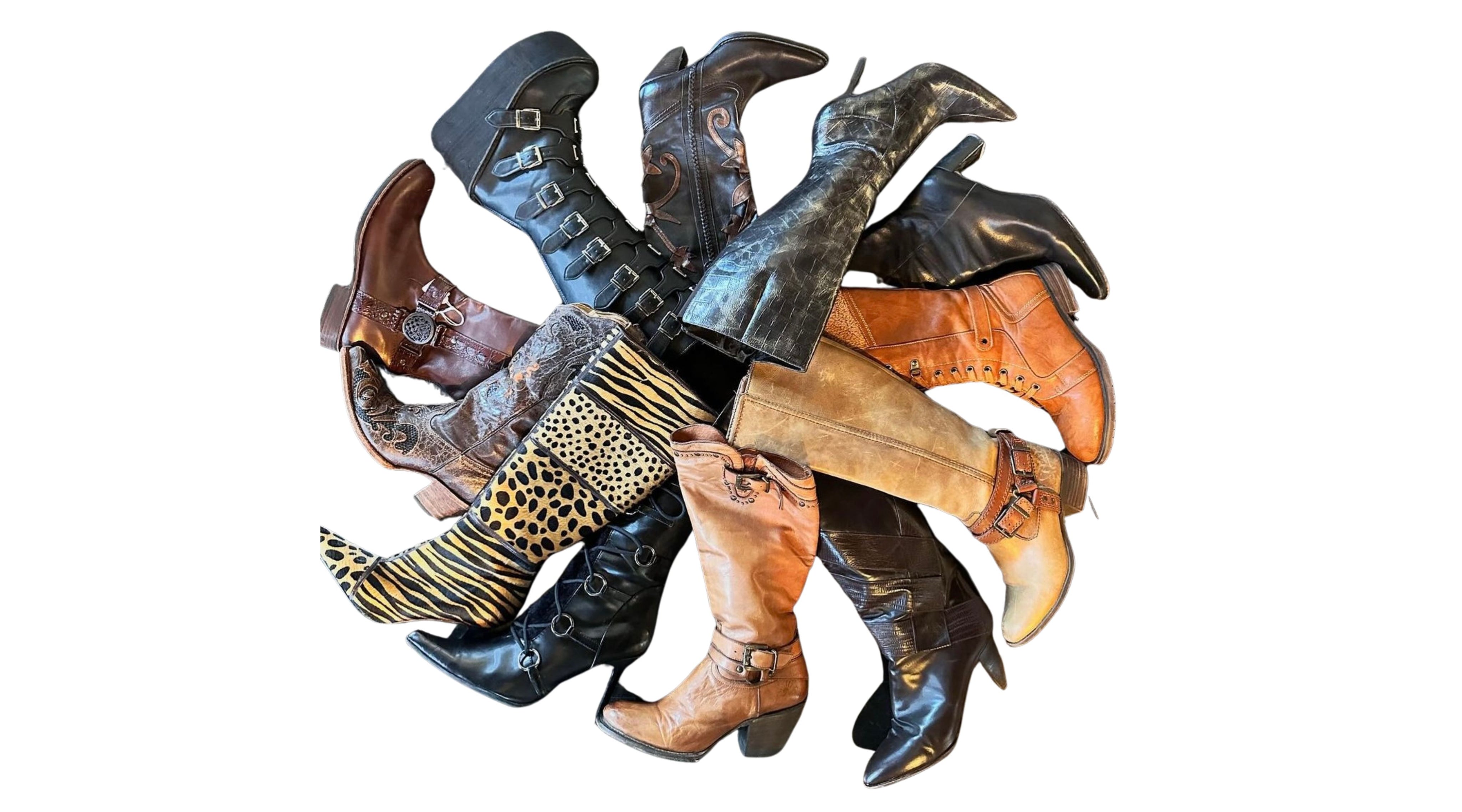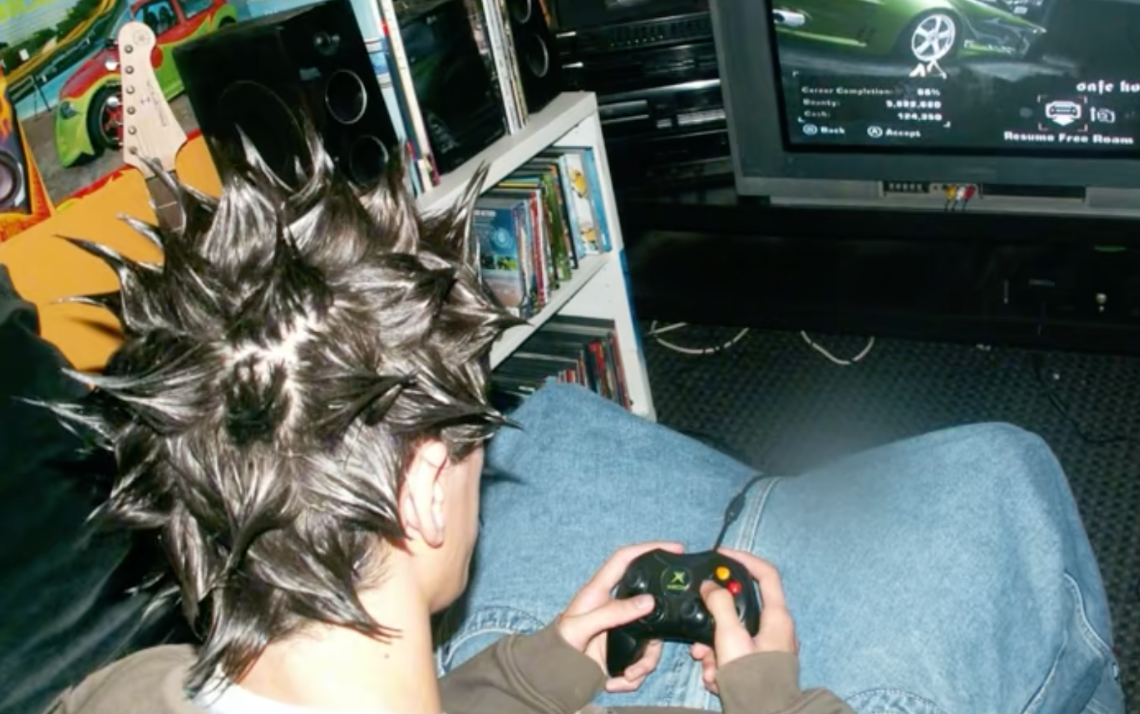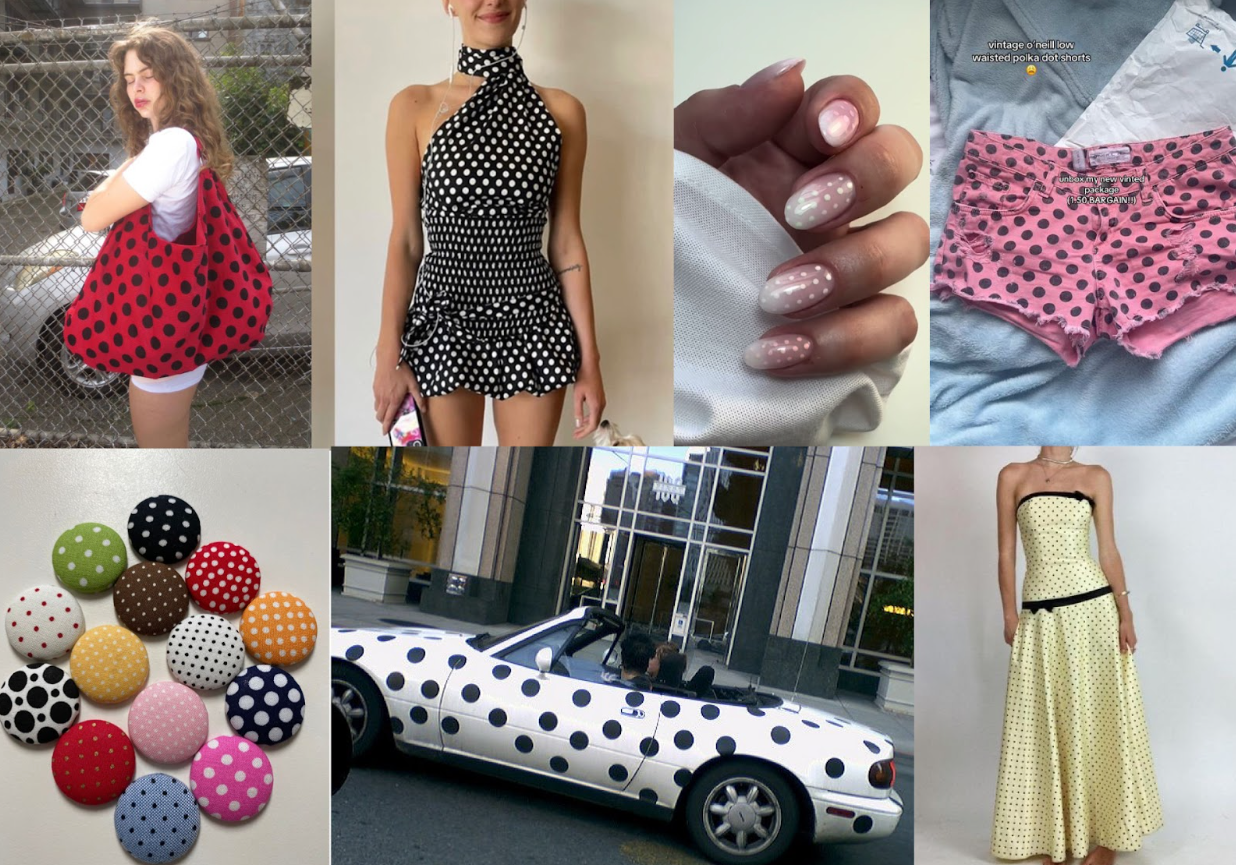Why Vintage Shoes Crumble & How To Fix Them...

Every vintage-loving girl has experienced the tragedy of finding the perfect vintage shoe, just to have it crumble & deteriorate on the first wear. Leaving them shoeless & devastated all together. So...why does this happen?
Vintage shoes crumble due to the natural deterioration of materials over time. This is particularly common with certain types of glues, synthetic materials, and foams used in shoe production from the mid-20th century onward. A lot of vintage shoes, even ones with a genuine leather exterior, can have cracking & peeling on the interior of the shoe. This is because the inside is usually lined with faux "leather" (it's more like a thin plastic-y lining) which is made from older synthetic materials, such as vinyl & plastics, which are prone to deterioration.
This happens because the plasticizers (chemicals that keep the material flexible) evaporate or degrade over time, leaving behind a stiff & fragile shell. Once these plasticizers are gone, the synthetic material cracks easily, eventually causing peeling. Leaving plastic specks & crumbs all over your socks or feet. This can happen to any vintage shoe with faux leather, vinyl accents, or plastic components.
Is there anyway to fix this? The good new is, that yes, this type of shoe damage is technically fixable (as long as it's not dry rot), especially if the if the heel still feels sturdy & the exterior is genuine leather that looks like its in good shape. If that's the case, then your shoe has a cosmetic issue & not a structural issue. If it's really a pair of vintage boots you love, you can at least try to salvage them with these solutions:
- Using masking tape, mailing tape, duck tape, or any thick sticky tape, apply the tape to the inside lining & wax the cracking & peeling material off one strip at a time.
- You can also use a dry brush & sandpaper to dust off the cracking interior.
- Using alcohol, wipe down the shoe interior to get any residue off.
- The result may not be perfect, but it will lessen the shedding & over time you may be able to get it to stop all together.
Other fixable features on a shoe are the heel cap or heel tip. It’s a small, replaceable piece typically made of rubber, plastic, or metal that covers the bottom of the heel. Heel caps provide stability, protect the heel from wear, and help maintain the shape and height of the shoe. The heel tip on vintage shoes are usually worn down or crumble from age, this is an easy fix for a cobbler & you can also fix it yourself with a heel tip replacement kit off of amazon. Similarly, if a shoe has a loose sole, it can be re-glued by a cobbler or with shoe adhesive available online.
Now for the bad news & the killer of vintage shoe lore dreams...DRY ROT!
If your vintage shoe has dry rot, then unfortunately there is no easy fix. Dry rot can manifest in several different ways...
When vintage leather shoes are stored in excessively dry conditions (like storage units, attics, & basements), the leather can suffer from dry rot, a process where the material becomes rigid and brittle. Leather is a natural material that needs moisture to stay supple. Without proper conditioning, dry rot can cause cracking and structural weakening, making the shoe unwearable.Other natural materials, like cotton canvas or suede, can also suffer similar fates if neglected for long periods.
Rubber, frequently used in soles and midsoles of vintage shoes, is susceptible to oxidation. Prolonged exposure to oxygen causes chemical changes in the rubber, leading to loss of elasticity and cracking. This oxidation process is exacerbated by exposure to UV light, making the material age even faster.If you’ve ever experienced a vintage Mudd platform sandal with a rubber sole that cracks easily in half, oxidation is likely the reason.
Obviously, if the shoe exterior & interior are crumbling & the sole is easily cracked in half, the shoe is DOA (dead on arrival) and there is no saving them on your own...However, you can hand them over to the cobbler & have them take a look. The most likely outcome would be having to replace every contaminated part, which is pricey. You'll have to decide if the shoe is worth saving for the amount of repair it will require with a diagnosis of dry rot.
So, before you buy a vintage shoe at the thrift, be sure to properly inspect it & save yourself from the embarrassment of clunking around town with a pair of lemon pepper steppers that disintegrate with every step. And if you have vintage shoes that are in good condition, make sure to properly care for them:

- Tags: fashion
0 comments



